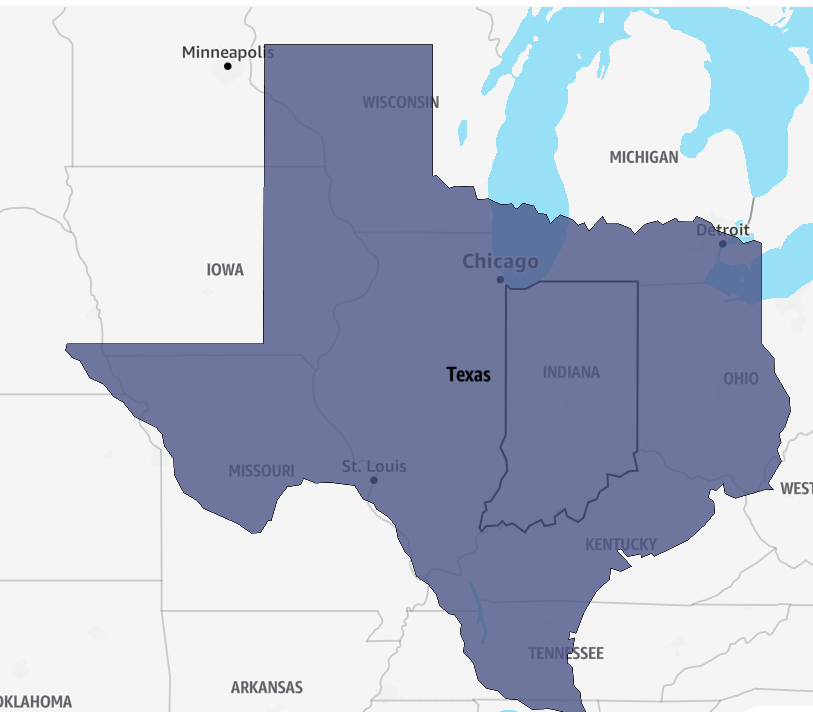A Nobel prize in physics for something that is not physics
tritonstationOctober 9, 2024
When I wrote about Nobel prizes a little while back, I did not expect to return to the subject. I assumed the prize this year would be awarded for some meritorious advance in laboratory physics, like last year’s prize “for experimental methods that generate attosecond pulses of light for the study of electron dynamics in matter.” Instead, we find that the 2024 prize has been awarded to John Hopfield and Geoffrey Hinton “for foundational discoveries and inventions that enable machine learning with artificial neural networks.” This is the Nobel prize in physics we’re talking about.
One small issue: that’s not physics.
I’ve been concerned for a long time with the interface between astronomy and physics – where they are distinct fields and where they overlap. One of the reasons I left physics as a grad student was because the string theorists were taking over. They were talking about phenomena that were tens of orders of magnitude beyond any conceivable experimental test. That sort of theoretical speculation is often fun, sometimes important, and very rarely relevant to physical reality. Lacking exposure to experimental tests or observational consequences, to my mind it was just that: speculation, not physics.
Nearly forty years on, my concerns about string theory have not been misplaced. And while, in the strictest sense, I don’t think it qualifies as physics – it’s more of a physics-adjacent branch of mathematics – it is at least attempting to be physical theory. But machine learning is not physics. It’s computer science. Computers are a useful tool, to be sure. But programming them is no more physics than teaching a horse to count.
I’m not sure we should even consider machine learning to be meritorious. It can be useful, but it is also a gateway drug to artificial intelligence (AI). I remember the more earnest proponents of early AI propounding on the virtues of LISP and how it would bring us AI – in the 1980s. All it brought us then was dystopian fantasies about killer robotsnuking the world. Despite the current hype, we have not now developed intelligent machines – what we’re calling AI is certainly artificial but not at all intelligent. It uses machine “learning” to reprocess existing information into repackaged forms. There is zero original thought, nothing resembling intelligence. Modern AI is, in essence, a bullshit generator. Now, we can all think of people who qualify as organic bullshit generators, but that begs the question:
Why is the Nobel prize in physics being awarded for something that is clearly not physics?
Maybe it has something to do with the hype around AI. I don’t know what the decision process was, but I do know that I am not the only scientist to have this reaction.
Myself, I’m not mad, just disappointed. I’m not unique in feeling that physics has lost its way. This just emphasizes how far it has strayed.
Apparently the Nobel committee is sensing the blow-back, as this poll currently appears on the award page:
I… don’t think this helps their case. Did you know that molecules are made of atoms? Ergo all of chemistry is just applied atomic physics. I mean, it is a long-standing trope that physicists think every other science is just a lesser, applied form of physics. At the level of being based on the equations of physics, that’s almost kinda if not really true. So asserting that machine learning models are based on physics equations comes nowhere near to making machine learning into physics. It’s fancy programming, not physics.
Well, there will be complaints about this one for a while, so I won’t pile on more. I guess if you give out 118 prizes since 1901, one of them has to rank 118th.







